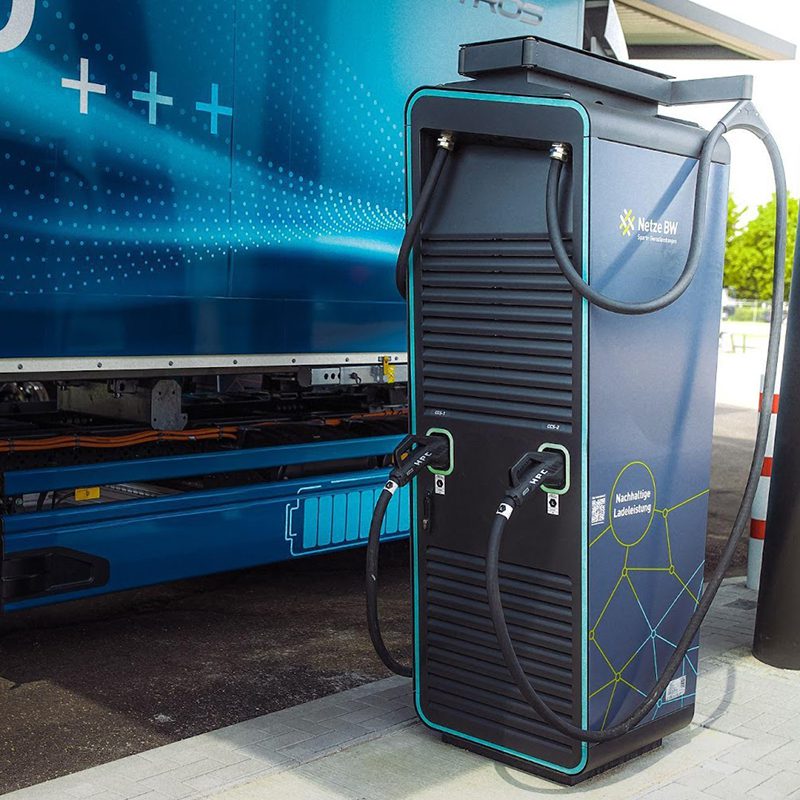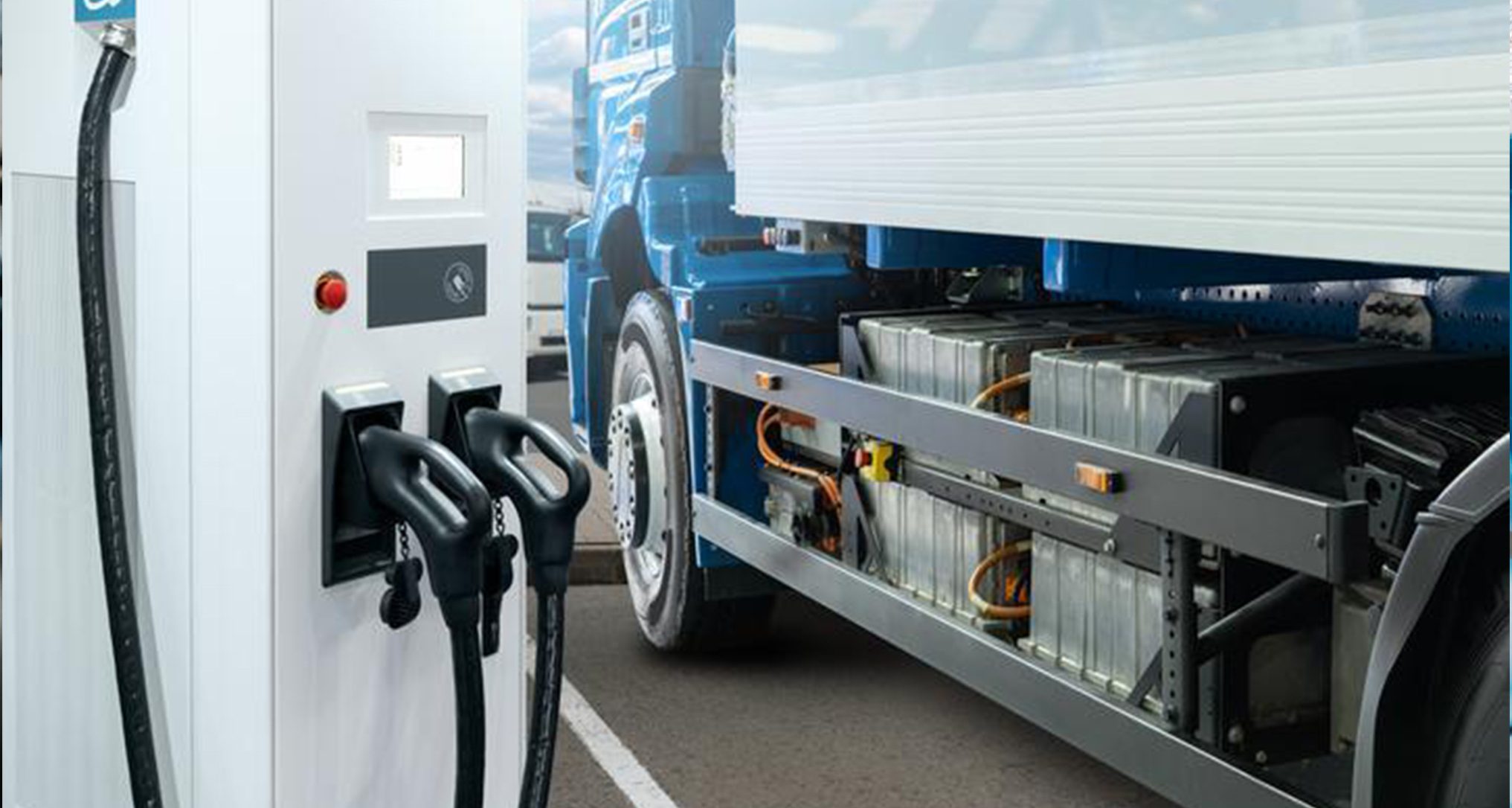Are you ready to take on the challenge of transitioning your fleet from diesel equipment to an electric-based system? It’s exciting, daunting, and important that all technicians, drivers, and operators are prepared for this shift. With the right knowledge and skillset, you can easily turn this transition into a successful venture perfect for sustainable business models. Below, Triad Diagnostic Solutions takes a look at how your fleet can make this transition with ease.
Why Go Electric?
Electric vehicles are a wise choice for businesses, as they offer improved sustainability, potential savings on fuel costs, and access to government incentives. The trend is moving towards electric vehicles, and if you’re hoping to keep up with these new technologies, it’s time to start preparing for an electrically-based fleet. There are two types of electric vehicles: battery electric vehicles (BEVs) and plug-in hybrid electric vehicles (PHEVs). It’s essential to understand the advantages of going electric.
Achieve strict emissions standards
Making the switch to electric vehicles is one of the easiest ways to achieve strict emissions standards in places like Europe and North America. Electric vehicles don’t produce any tailpipe emissions, meaning no air pollution from exhaust like when most combustible engines are running.
EVs are especially beneficial to those living in densely populated areas where smog and air polutant levels can be particularly high. Going electric also offers significant savings in fuel costs over traditional gasoline-powered cars, with rechargeable batteries instead of tanks that need to be topped up with gas.
Lower operating and maintenance costs
EVs also require much lower operational costs due to their superior efficiency and the need for fewer moving parts. Running a plug-in electric vehicle generally costs 25-50% less per mile than a comparable gasoline or diesel-powered Internal Combustion Engine vehicle over its lifetime.
Electricity prices are comparably more consistent and affordable, too. Furthermore, electric vehicles reduce the need for regular vehicle maintenance — with some estimates saying that you could save up to $1,000 every year in servicing costs because of fewer moving parts. When you’re running a fleet of more than a few vehicles, these savings quickly add up. Furthermore, your overall cost of ownership, cost function, monthly fueling costs, and equipment costs can drastically decrease when you use EVs instead of a fleet of conventional vehicles.
Improve safety and working conditions
Going electric offers countless advantages regarding worker safety and improved working conditions. Dangerous working environments can be minimized or eliminated by removing the need for fossil fuels.
Additionally, because EVs require less maintenance and operational space than fuel-based equivalents, fleet technicians are less likely to get hurt on the job, allowing companies to simplify staff training and processes. Not only does this help streamline operations and boost efficiency, but it also reduces the risk of injury during necessary maintenance procedures, making a safer workplace for everyone involved. And when you invest in the right diagnostic tools capable of reading all-electrical systems, you set your entire fleet up for success.

Assess Your Needs and Decide which type of Electric Vehicle is Best for Your Business
If your business is looking to switch to electric fleet vehicles, the first step is assessing your needs as a business. Consider what types of journeys you need to make, how many passengers will be traveling, and how often you need the vehicle. Different electric cars are suited for different needs – whether you require a city car for commuting, an SUV for transporting goods, a truck with increased torque or a school bus. Do you need something smaller and more agile that can be utilized in congested areas? Or would a larger option work better to accommodate larger teams or large orders? Answering these questions can help narrow down your selection and determine what type of electric vehicle will fit best as your business’ fleet vehicles.
Once you consider these needs, you can cross-reference them against the range of electric vehicles available from specific manufacturers and decide which is best for your business. Notching up financial savings in terms of running costs and reducing your emissions could soon have your business amongst the growing ranks of those who have incorporated electric vehicles.
Educate Your Team on How to Use and Charge Electric Vehicles
Educating your team on how to use and charge electric vehicles is crucial in transitioning from traditional combustion engine vehicles. Electric cars have many advantages, such as significantly lower fuel costs and zero emissions, but they also bring new considerations regarding charging and powering.

Every team member should be informed about the necessary procedures for charging electric vehicles, including how to connect to a charging station, charger selection, charging time, safety protocols for plugging/unplugging, battery storage, and various pricing options, etc. Additionally, educating your team on the benefits of using an electric vehicle is beneficial in fully understanding their use and making them more accessible in everyday driving.
Plan for Charging Infrastructure in Your Workplace
Foraging ahead for a modern, electric-based fleet doesn’t just mean investing in the latest and greatest vehicles; it also means ensuring you have the charge infrastructure that can accommodate them. Creating the necessary charging infrastructure will require comprehensive planning from the start. It’s important to consider your current and future fleet makeup, including the type of vehicles you will use and how many are currently in your fleet.
Researching local incentive programs and government regulations is critical to staying up-to-date with what financial or practical help may be available as you plan for charging infrastructure. Additionally, assessing and securing access to energy sources such as the power grid, solar panels, or building power will be critical components when constructing your charging stations.
Make the Switch to a more Sustainable Fleet
Electric vehicles are a wise choice for businesses, as they offer improved sustainability, potential savings, cost minimization, little to no vehicle maintenance, and access to government incentives. By assessing your needs, deciding which type of electric vehicle is best for your business, educating your team on how to use and charge EVs, and planning for charging infrastructure in your workplace, you can confidently use an electric fleet.
The future of mobility lies in green transportation – why not switch to a more sustainable fleet? With Triad Diagnostic Solutions, you can get great information on electric vehicle diagnostic tools along with EV chargers for residential or commercial use! Give us a call to discuss switching to an electric-based fleet with one of Triad’s highly trained and experienced product professionals!

